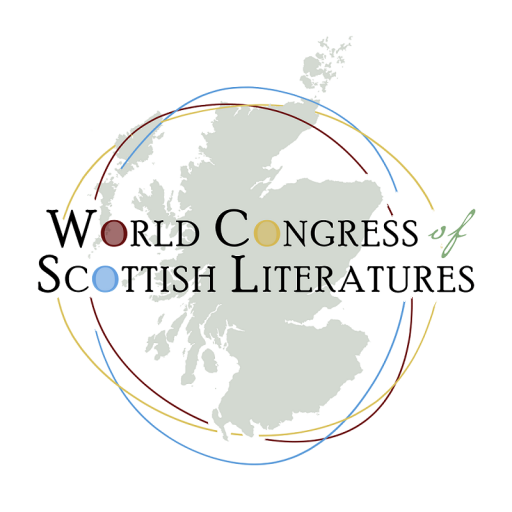Pragmatic Speech Realism in Scottish Dramatic Texts, 1950-2020
The most welcome upsurge in dramatic texts in Scots from 1950 onwards may be group into four stylistic types: historical plays each set in the past, original, and written with an intentionally literary style (such as The Flouers o Edinburgh); historical translations, each set in the past, translated from another language, and written with either an intentionally literary style (such as The Burdies) or in an intentionally realistic style (such as Cyrano de Bergerac); contemporary urban plays, all originals, written with in an intentionally realistic style (such as The Slab Boys); and plays with Scottish themes but written in English (such as the James plays).
Literary and contemporary-urban styles are usually contrasted. The literary Scots of MacLellan has been seen as an extension of the mid-twentieth-century renaissance from poetry to drama and dealing imaginatively with topics of the past. Later twentieth-century Scots has been celebrated as a voice that’s being given to ordinary working-class people to address central issues of social concern in plausibly realistic everyday settings. Just as the setting and content of such plays clearly differ, so it has been shown that they differ in respect of their choice of vocabulary, morphology and spelling.
In this paper, it is the role of pragmatic discourse markers in these different styles which will be investigated. The paper will show that, despite preferences for spellings, they function with remarkable similarity across the various writing styles. To be communicatively effective in the interaction between characters, after all, the fictional dialogue of plays depends on linguistic devices recognisable as typical or realistic of the actual speech being depicted. Few features perform the pragmatics of interactional speech better than ubiquitous and multi-functional pragmatic markers. Well/weill, just/juist, like, sort of/sorta, kind of/kinda/kinna, you know / ye ken, and I mean will each be looked at.
In so doing, the paper seeks to provide further linguistic substantiation to more general claims about the nature of fictional dramatic dialogue in Scots made in recent years by such critics as Ian Brown, John Corbett, Bill Findlay, Randall Stevenson, among others.
John Kirk, University of Vienna, Austria
